More organs on the way
Major changes are coming to the Swedish donation system. This can provide more organs from both living and deceased donors and have an impact on the transplantation waiting list.
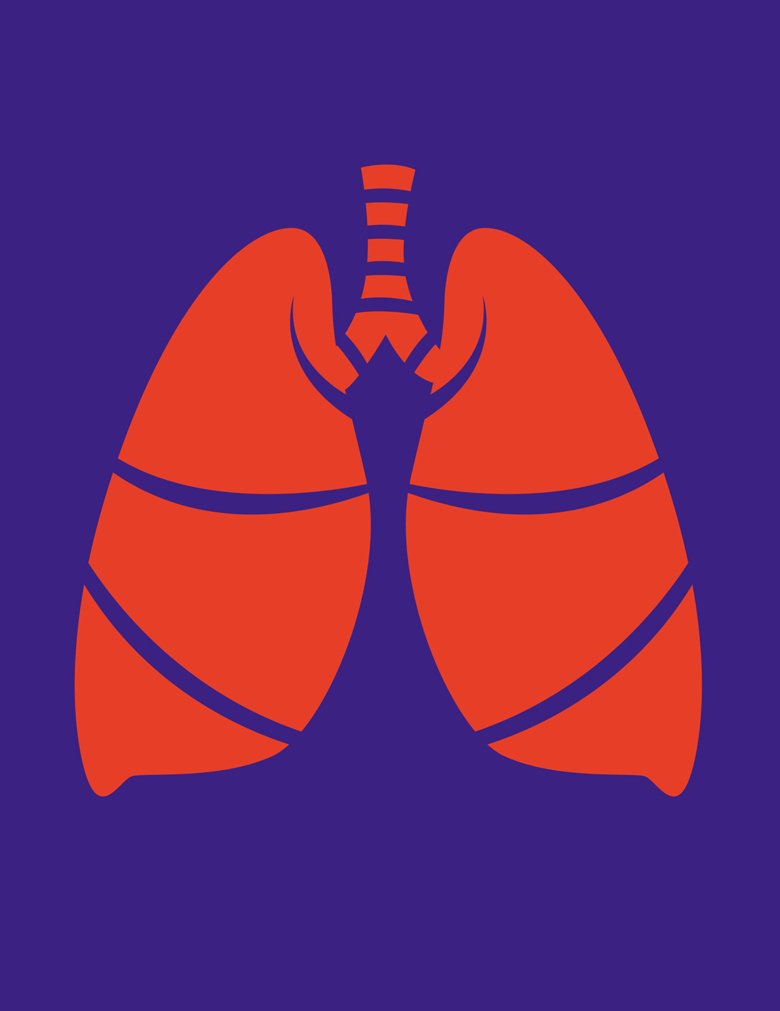
Text: Annika Lund, first published in Swedish in the magazine Medicinsk Vetenskap no. 2/2020.
We have been hearing alarming reports of organ shortages in Sweden for years. This is something that is difficult to understand as there is no resistance to organ donations in society. Quite the opposite. Swedes are more than happy to donate their organs after death. According to a 2018 study conducted by Sifo, 83 per cent of Swedes are in favour or slightly in favour of donating their organs after death. In Spain, a country with significantly more donors, the corresponding figure is 63 per cent, according to the association
Mer Organdonation, MOD. There have been obstacles to organ donations, but the dead refusing has not been one of them. The obstacles have included complex binds within the legal system and organisational structure. In the past, there was also unfamiliarity with catching potential donors in intensive care units. Two government investigations have examined legal obstacles, with four ministers being involved. It has been a test of patience for those working in the field, and those waiting for organs.
Identifying potential donors
At the same time, the number of performed donations has slowly increased. In the year 2000, around 450 organs were transplanted. in 2019, that figure had climbed to 812. These improved figures are the results of hard work in a multitude of fields. There is now an improved structure for identifying potential donors speaking to family and friends.
But far more than that has been done. Most major improvements are currently being rolled out in Swedish donation care. One of them involves the opportunity to use organs from a whole new donor group, from those who perish in a situation different from previous donors. Another change involves advanced mathematics, which will result in more kidneys and, of equal importance, a chance for people who are difficult to match to receive transplantations.
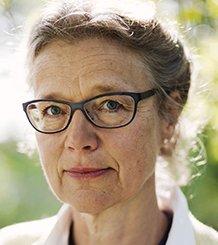
“We have had a slowly growing supply of organs in Sweden, a positive development going back several years. Now, important changes are underway that will provide additional organs. You could liken it to a plug that has been released slowly,” says Annika Tibell, transplant surgeon and professor of Ethics at the Department of Learning, Informatics, Management and Ethics at Karolinska Institutet.
The first project involves a donation process known as DCD, Donation after Circulatory Death. It involves donations from those who died in a different situation compared to previous donors. In Sweden, only those who die during ongoing respiratory care used to be eligible as donors. One example of such a situation is a traffic accident, where someone suffers head trauma, which causes the brain to swell to the point that the circulation in the brain stops. This causes a total cerebral infarction, brain death, and the person is declared dead. Since the death takes place during respiratory care, the organs are still receiving oxygen. A donation can be performed for up to 24 hours after death.
New possibilities
But there are very few who die in this fashion. This leads to the number of potential donors being very low. This is an important explanation as to why there are so few donations in Sweden even though the willingness to donate is high. There were around 19 organ donors per one million inhabitants in Sweden in 2019. Compare this to Spain, where the corresponding number is around 49, according to Mer Organdonation, MOD.
But now, the possibility of using organs from patients who die in other situations is spreading. It could be someone who suffers a cardiac arrest but has their heart restarted with a defibrillator. The patient is then brought to a hospital and placed in an intensive care unit, where they are treated with a ventilator. The examination shows that the brain has suffered severe damage as a result of being deprived of oxygen, to the point that they are incompatible with a continued life.
In situations like this, it is common practice to end life support treatment. In more concrete terms, the ventilator is disconnected. This is because the life support treatment will not bring the patient back to life, only prolong the death process. The patient’s closest relatives are consulted on when the ventilator should be turned off so they can be present when it is done.
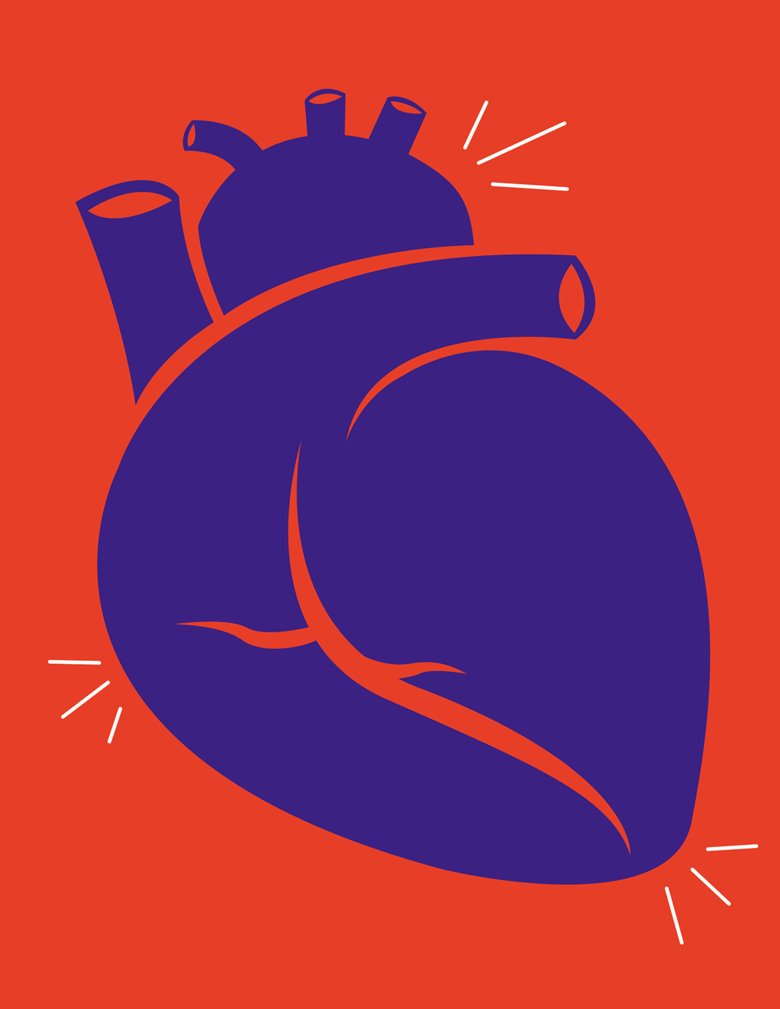
Once the ventilator has been removed, breathing stops and the heart ceases its beating after a short while. This stops the circulation in the brain, causing a total cerebral infarction, and the patient is pronounced dead. This procedure is already standard practice in intensive care, when someone is too ill or too injured to go living. What is new is that these patient’s organs can now be put to use.
But time is short. Without oxygen, the organs suffer damage. Five minutes after the time of death, the deceased is moved to an operating theatre, where the organs must be removed within 30 minutes. In order to make this possible, the donation must be prepared even before the patient is dead. Otherwise, the surgical team cannot stand ready and the recipients be prepared.
Decision to end life support treatment
Since 2018, the donor register can be consulted during the death process. However, this is only permitted if the healthcare professionals have made a decision to end life support treatment.
“It is important to emphasise that the decision to end the treatment is taken completely independently, regardless of a potential donation. The decision is solely based on a medical assessment of the patient’s prognosis and their chances of living on. The decision to start a donation process is based on the person’s willingness to donate their organs after death. The decision to end treatment must never be influenced by a possible subsequent donation process,” says Annika Tibell, who has been part of the DCD project steering committee.
In 2018, a DCD pilot project was launched in Sweden. Six hospitals have participated and a total of ten deceased patients have donated their organs. This has led to 17 people receiving a new kidney, and one person getting new lungs.
The project was recently concluded, and it is now up to the regions to introduce the method to hospitals across the country, according to a national introduction plan. Several of the pilot hospitals have already made the procedure routine, including Karolinska University Hospital and Södersjukhuset.
In the long term, it is expected that it will be possible to carry out between 40 and 80 DCD donations every year in Sweden, according to the final project report. This would increase organ availability by 20 to 40 per cent.
Only kidneys and lungs were donated in the pilot project. However, the procedure may grow to include other organs as well. At the transplant clinic at Karolinska University Hospital, there is capacity to also utilise livers from DCD donations. Greg Nowak, adjunct lecturer at the Department of Clinical Science, Intervention and Technology at Karolinska Institutet, has been part of the long preparation process.
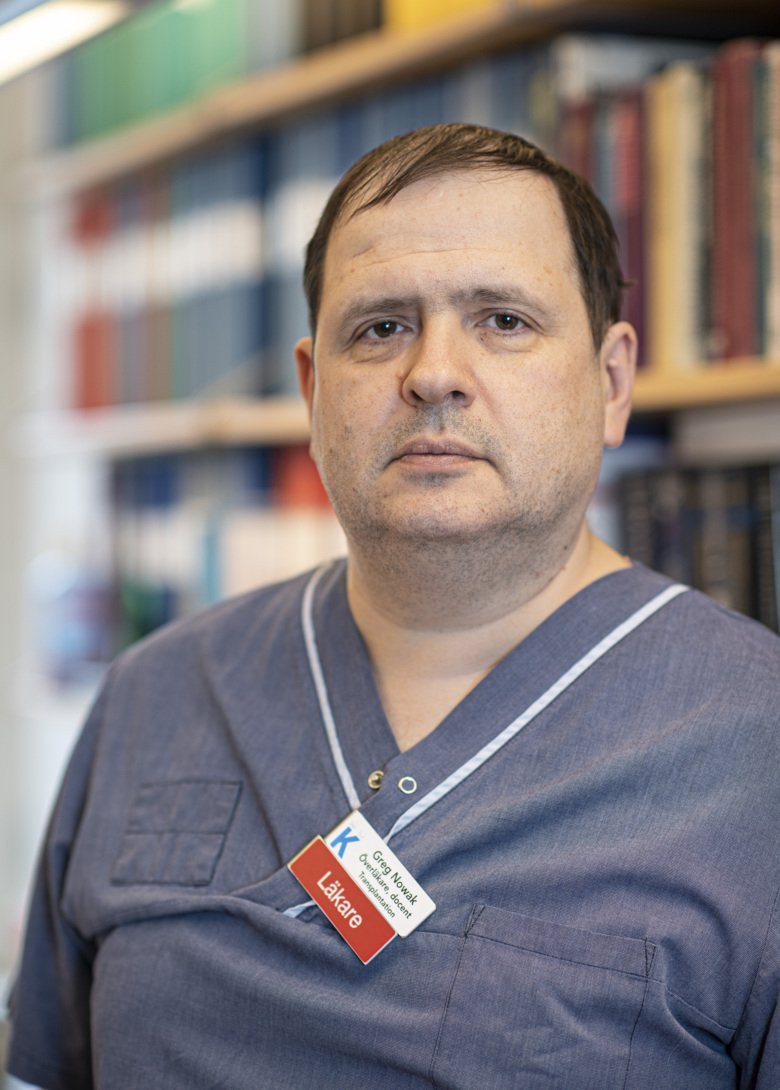
Greg Nowak explains that the liver is a very complex organ with many tasks. It is an organ where some substances are broken down, others are formed and additional ones are being stored. This means that there are no ways of artificially managing its tasks in case of a failure. Livers have no equivalent of kidney dialysis or a cardiopulmonary bypass. A transplanted kidney can be allowed a certain recovery period to regain its function after a transplant. During this period, the recipient can receive support through dialysis. But a liver must be able to manage most of its functions immediately after the transplant, as there are no machines that can help it.
The liver is sensitive to lack of oxygen
“It makes the liver very sensitive to damage that may be caused by a lack of oxygen, since it needs to function immediately. If we are to use livers through DCD donations, we need to do something extra to ensure the organ is of sufficiently high quality for transplantation,” says Greg Nowak.
This extra care will be provided in a special device, known as a perfusion machine. This machine will allow the vessels in the liver to be continuously flushed with fluid, a process that mimics blood circulation. It provides the liver with a more gentle storage and also makes it possible to more thoroughly check the quality before the transplant itself. In a perfusion machine, the liver can, in simplified terms, “carry on as usual”, which keeps its functions more intact. As such, perfusion machines are very commonly used abroad in DCD donations.
But in both Sweden and other countries, the aim is not just that the liver should be stored in the perfusion machine. The goal is that they should be trimmed up and healed from the damages they already had, when they were in the donor’s body. Simply put, the livers will receive treatment. The goal is for livers to recover more quickly in the donor’s body or provide clearer signs that they are unfit for transplantation.
If the method is successful, the plan is not just to treat DCD livers, but also others. Greg Nowak explains that there is a problem with the quality of donated livers deteriorating over time, meaning more and more have to be turned down. According to Greg Nowak, these livers can be treated using perfusion to improve their condition.
“After just 24 hours of flushing, we can remove fat from the liver. But we want to achieve a procedure where we provide each donated liver with an individual treatment, based on the condition of the liver. We want to take everything we know about the liver and the recipient into account and achieve even more targeted selection processes. A liver with a high degree of fattening could undergo perfusion treatment, but even if a certain degree of fatty tissue remains, this normally heals inside the recipient if they lead a healthy lifestyle,” he says.
He describes a whole repertoire of possible treatments that he is looking into in his research. Most of them are centred around adding various medicines to the fluids in the perfusion machine. Some of them are already used to treat certain liver diseases, such as omega-3 fatty acid. It also appears valuable to add oxygen to the perfusion fluids, especially for DCD donations. Additionally, perfusion can be performed using cold of body temperature fluids, with different advantages and disadvantages.
But the tricky part is assessing the condition of the liver, since it has multiple tasks. Lungs that can handle a certain amount of gas exchange can be transplanted, much like a heart that pumps a certain volume. There are no such simple and clear values for livers. Today, they are assessed by the surgeon prior to the surgery using some laboratory values, but also their appearance. A good liver is reddish brown while a fatty liver takes on a yellowish colour.
Identify deficiencies before the transplant
A more comprehensive test kit is another contribution from Greg Nowak and his colleagues. They have developed a new method that combines the laboratory tests already available with new elements, such as measuring the presence of certain substances in the perfusion fluid. This makes it possible to quickly and more objectively get a more accurate image of the condition of the donated liver. The test will start seeing use at the same time as the perfusion machine. The hope is that this way of handling livers will lead to better long-term results for transplants. The one-year survival rate has been significantly improved over the last decades, but the risk of long-term complications, after around maybe ten years, is roughly the same.
“We know that some of the complications that arise in the long term are caused by the liver being damaged in the donation process. These damages might go undetected for many years. We hope to be able to identify deficiencies before the actual transplant, while the liver is in perfusion fluid, and to be able to treat the damages. The goal is for transplanted livers to be in better conditions generally, which would reduce long-term complications,” says Greg Nowak.
In other words, DCD is one of the major projects that will increase the number of organs in Sweden. The other focuses on kidneys - and extremely advanced matching theory. The project background includes a Nobel Prize on this topic, awarded in the field of economics in 2012 to two Americans. In Sweden, the award ceremony led to economist Tommy Andersson, professor at Lund University and the Stockholm School of Economics, writing an article in the Swedish journal “Läkartidningen”. His proposal was to also use the calculation models, which had previously been used in other countries to help the right kidney find the right recipient, in Swedish donation activities.
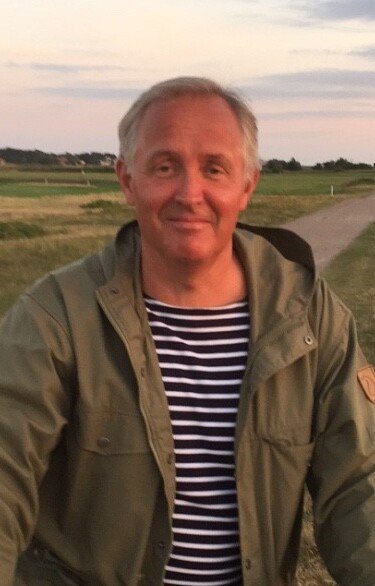
“I jumped at the chance. So did my colleague Per Lindnér at Sahlgrenska University Hospital in Gothenburg. We both contacted Tommy Andersson and we have been working together on what is now called the kidney exchange programme STEP ever since,” says Lars Wennberg, transplant surgeon at Karolinska University Hospital in Huddinge and associate professor at The Department of Clinical Science, Intervention and Technology at Karolinska Institutet.
The kidney exchange programme includes pairs consisting of one person with a kidney disease and a living donor who wishes to donate their kidney to the sick person. But they cannot. The kidney does not match from a purely immunological standpoint. However, perhaps someone else could get this kidney – but the living donor wants to help their loved one specifically. If you are then able to find a pair in the same situation, the four of them can make a crosswise exchange, where both recipients get a kidney from a living donor, just not someone they personally know.
Challenging logistics
This might sound simple – but it is not. Lars Wennberg describes how quickly the number of possible combinations grows. If 50 pairs participate in the kidney exchange programme, the number of possible combinations is 3.04 x 1064. It is difficult to relate to this figure, but the mathematics are far beyond what is reasonable to expect healthcare professionals to concern themselves with in their daily transplant work.
But the calculations have already produced results. Thus far, 17 kidney exchanges have taken place within the scope of STEP. First up was a tripartite exchange in 2018, where three living donors donated one kidney each to three recipients. Patient confidentiality applies to the exchanges, so the donor does not know who receives their donated kidney. Similarly, the recipient does not know the identity of the donor. There was also one instance of a so called domino chain, where four people received new kidneys over the course of a week. The logistics are challenging.
“The tripartite exchange involved us performing six operations more or less simultaneously at different hospitals around the country, with the kidneys being rushed between the different units. But it was also very demanding to mobilise these resources, and during times like that, it is important to remember that it leads to results. The tripartite exchange allowed for three people to be transplanted with kidneys from living donors,” says Lars Wennberg.
Above all, the winners in a kidney exchange programme are people who have great difficulties finding a match. People with certain antibodies in their blood are considered difficult to match. Such antibodies are formed during pregnancies, blood transfusions or previous transplantations. The more types of antibodies in a person’s system, the more difficult it is to find a potential kidney. This is referred to as the patient being “immunised”, the immune system will have a strong reaction to the new organ and reject it. This leads to some people waiting for years on end to find a suitable organ from a deceased person, despite relatives wanting to donate. During this time, the person with the kidney disease has to spend years with dialysis. Some die waiting.
Benefits of a kidney exchange programme
In a kidney exchange programme, an immunised person suddenly has the opportunity to be tested against a large number of living donors, not just against people they know.
“There are several benefits to a kidney exchange programme. An immunised patient can be transplanted with a kidney from a living donor instead of being on the waiting list. And a living donor who wants to help a loved one can do so even if there are immunological incompatibilities. A kidney exchange programme also frees up kidneys from deceased donors, so the total number of doable kidney transplants also increases”, says Lars Wennberg.
Facts: A new kidney is an effective treatment
Six out of ten people who received a new kidney return to work one year after the transplant. For people starting dialysis, the equivalent number is two out of ten. Ten years after a kidney transplant, society has saved SEK 3.3 million compared to if the same patient had stayed on dialysis.
Source: Government investigation “Organdonation. En livsviktig verksamhet” from 2015
There are several elements that could make the programme particularly effective. For example, anonymous donors can give the exchange chains quite a boost. Lars Wennberg says that every now and then, someone calls the transplant clinic in Huddinge and registers as anonymous donors. They undergo a medical examination, just like other donors, and if they are healthy enough, they get to donate a kidney.
An anonymous donor can serve as a catalyst in a kidney exchange programme. They are like a wild card, an extra party that can be matched with everyone while also supplying an extra kidney outside the registered pairs. They can solve long exchange chains. In other countries with kidney exchange programmes, such as the US, there are examples of kidney exchange chains where upwards of a hundred people have received a new organ.
They have had successive operations, where the extra kidney that entered the system causes the transplant opportunities to be passed on like a baton between the recipients. In order for STEP to be efficient, many pairs are also needed. Sweden is too small to provide a sufficient volume of pairs. A collaboration with Norway and Denmark has therefore been established. Pairs from all these countries are now part of STEP, making it the world’s only international kidney exchange programme. Matching sessions are held four times a year, where possible exchanges are found.
Quick transports are a necessity
Several exchanges between the countries have already taken place, with the first occurring in December 2019. The exchanges made thus far have been bipartite and tripartite exchanges, where recipients and donors have been operated on more or less in parallel at different hospitals in Scandinavia, with quick transports being arranged for the organs. The kidneys were transported on scheduled flights with SAS, or by car, or both. All depending on where they were going, and time is of the essence. Lars Wennberg tells us that when the organs land with the flight “a blood transport car is waiting at the airport”. Another time, an organ was taken by car from southern Sweden while another was in a car going south from Stockholm. The cars met outside the road café Gyllene Uttern (The Golden Otter) in Gränna, where the drivers traded organ transport cases. At the same time, the recipients sat in their surgery attire, waiting for their new kidneys.
The trickiest connection was between Karolinska University Hospital in Stockholm and Århus, Denmark. But even with these hospitals, exchanges are possible within the limits of what is known as ischemia time, i.e. the amount of time the kidney can remain usable without oxygen.
“Studies have shown that you can transport a kidney from a living donor for up to twelve hours without the results being affected. If we bring a kidney from Stockholm to Åhus, around six hours pass from the moment we cut off the blood-flow to the kidney in the donor and the blood-flow being reintroduced in the recipient. So there are some margins within the schedule, even if it is tight,” says Lars Wennberg.
The goal of STEP is to involve more countries. Estonia and Finland are next, possibly also Iceland.
Hope to create a shared data base
Lars Wennberg and his colleagues have also talked with Al Roth, the Nobel Prize winner who was recognised for his calculation model, and American transplant surgeons. The conversation included, among other topics, a discussion on the possibility of creating a shared data base for the patients that were the most difficult to match.
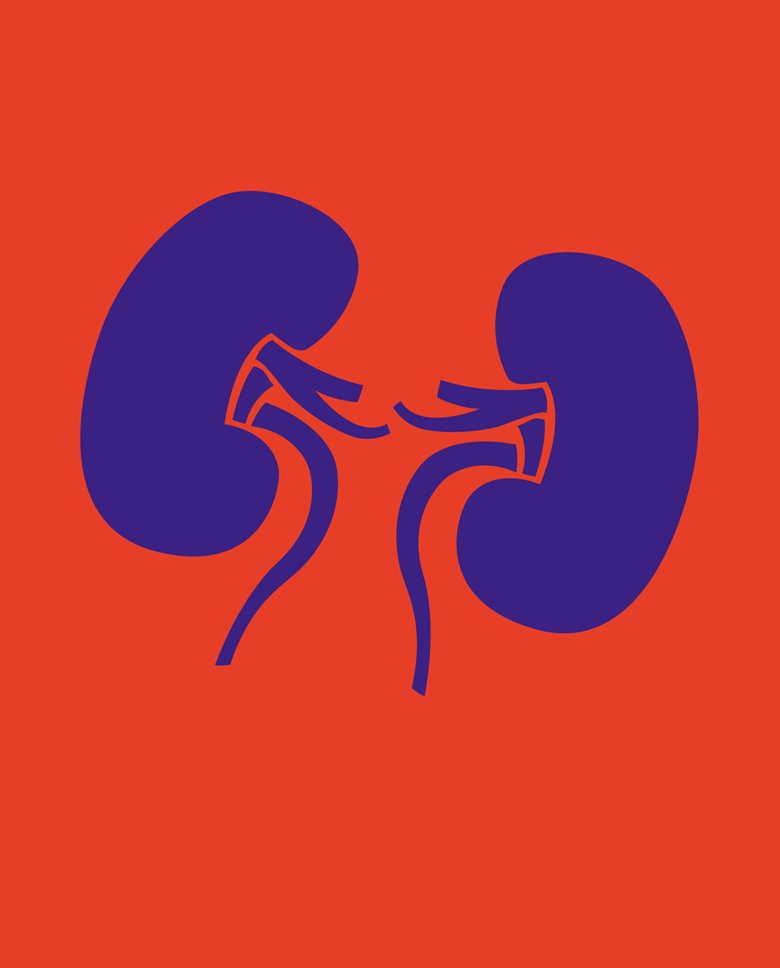
“We do not know what the results of such matchings would look like until we try. We also do not know how any kidney exchanges would look in practice, but that is something we perhaps could work out. We will deal with these issues when we get there, if we get there,” says Lars Wennberg.
He does not know how many new kidney exchanges STEP might bring about. In 2019, a total of 476 kidneys were transplanted in Sweden. 147 of these came from living donors. The additional 17 kidneys supplied by STEP constitute a 10 per cent increase to the Swedish supply of living donors. A good result for something that is still in its infancy, according to Lars Wennebrg: “We are aiming for 20 per cent this year. We are taking one step at a time and it is difficult to make predictions for this”.
Another way of addressing organ shortages is to reduce the number of people who need a second new organ, retransplantations. Some of those currently waiting for a new kidney have ended up in their situation due to a previous transplant, possibly of an organ different from a kidney. A tough nut to crack in the world of transplant is the side effects caused by the immunosuppressive drugs that prevent the new organ from being rejected. Drugs are tough, not least for the kidneys. Long-term side effects of the drugs can include kidney failure, causing the person to need a new kidney.
Completely freed from immunosuppressants
One person trying to find paths around these drugs is Bo Göran Ericzon, transplant surgeon at Karolinska University Hospital in Huddinge, and also professor at the Department for Clinical Science, Intervention and Technology at Karolinska Institutet. A study conducted in Japan a few years ago has caught his eye. In the study, patients who received a new liver also received a specially prepared cell mixture. Out of ten treated patients, seven became completely freed from immunosuppressants. This turned out to hold up during a follow-up conducted five years after the transplant.
“We are going to conduct a similar study here and treat 18 patients in roughly the same way as the Japanese patients. We are now ready to get started after years of preparations. We will start asking patients on the waiting list if they would like to participate in the study.”
The true magic is in the cell mixture. It includes cells from the immune system, taken from both the donor and recipient. In somewhat simplified terms, a number of cells from the donor, three, four, five billon give or take, get to hang out with an equal number of cells from the recipient. They are to get along for two weeks in a bath along with a specific antibody which provokes certain behaviours in the immune system cells. The idea is that the recipient’s cells learns to view the donor cells as their own and not to try to reject them, and by extension, the donated organ.
Using an antibody bath
The researchers, led by Bo Göran Ericzon, are not entirely sure what happens when the cells spend time together. They also do not know exactly what will happen when the freshly bathed and trained cells are given to transplanted patients. But they do now that the treatment has worked in the Japanese study and in animal trials before that.
Regulatory t-cells, or “Treg”, are of particular importance in the cell mixture. Their usual role in a healthy body is to cool down their overheated colleagues, who become too active in their immunological defence. As such Treg are important for preventing autoimmune diseases, where some immune system cells run amok and attack healthy tissue.
What appears to be happening when the cells interact in an antibody bath is that the recipient's regulatory T-cells starts behaving like the donor’s. They start defending the donor’s liver and hold off other immune system cells looking to attack it.
After two weeks of antibody baths, the cell mixture is given to the recipient. The patient take immunosuppressants according to standard transplant care procedure. But after six months, attempts are made to scale back the treatment. The aim is for patients to not need immunosuppressants at all after one and a half years.
“My hope is that half of the patients will get there, so that they can be free of immunosuppressants after one and a half years. If we get there, we have certainly come a long way,” says Bo Göran Ericzon.
He believes that they will have tested the cell mixture on some of the 18 patients participating in the study as early as 2020. The aim is then to conduct an expanded study, which includes around 60 to 80 patients or so. The hope is that it will work and be incorporated into the healthcare system.
“The vision is that only a small minority of patients will need lifelong immunosuppressive medication. This should, theoretically speaking, apply for all organ transplantations,” he says.
Facts: Many are waiting for new organs
On 1 April 2020, there was a need for a total of 859 organs of different varieties in Sweden. In Sweden, one person dies every week among those on the organ transplant waiting list. Improved availability of organs will lead to fewer people dying while waiting for a transplant.
But an increased availability of organs also means more people will end up on the waiting list.
Currently, people who are considered too sick and people with a low probability of surviving for a certain number of years with the new organ are turned away. A concrete example is people with liver metastases from bowel cancer. In Norway, there have been cases of patients with this kind of disease receiving a new liver. In Sweden, the chances of long-term survival of these patients has been considered too low to place them on the waiting list.
Source: Mer Organdonation and Bo Göran Ericzon
